Star Wars' Order 66 Problem Has Never Been That Jedi Survived It
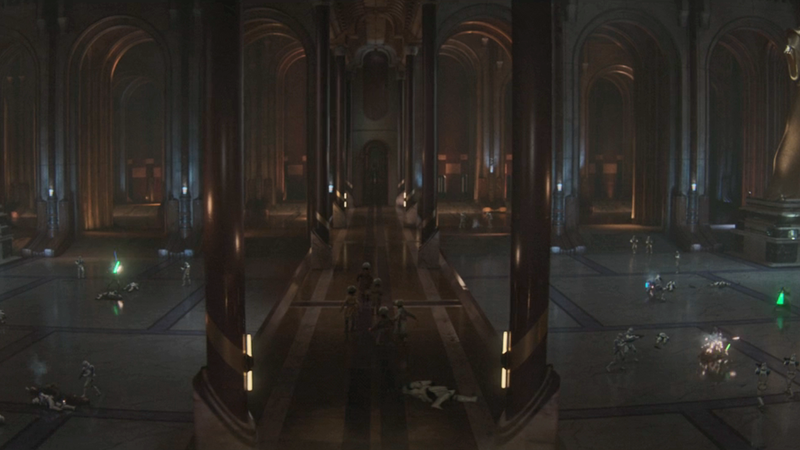
Ten thousand Jedi Knights were the guardians of peace and justice across the Star Wars galaxy before the rise of the Empire laid them low. But as devastating as Palpatine’s issuing of Order 66 was to the Jedi, in recent years we’ve seen more and more tales of Jedi that survived its wrath. Is that a problem? As always with Star Wars, not really... from a certain point of view.
The number of Jedi who survived Order 66 has been in the spotlight this week, after Empire Magazine’s coverage of the upcoming Ahsoka series revealed that one of its main antagonists, Baylan Skoll—played by the late Ray Stevenson—is a former Jedi who became a mercenary in the years since the Jedi Order’s downfall. Skoll joins Cal Kestis, Ahsoka Tano, Caleb Dume, Obi-Wan Kenobi, and seemingly everyone in between as the latest in a long line of Jedi Knights to have made it out of the Clone Wars. But is it too many? How effective can the Jedi purge be if seemingly every other Star Wars story is about a Jedi who survived it?
Read more
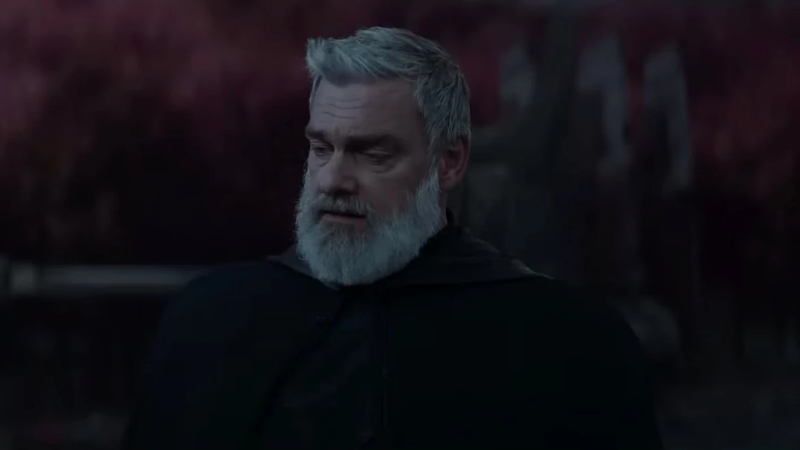
The answer: pretty effective. Even if in recent years as Star Wars storytelling has stayed largely fascinated with the era of the Skywalker Saga that bridges the prequels to the original movies, and we’ve seen more and more stories about these Jedi survivors, crunching the numbers shows that even at the height of this focus, the number of surviving Jedi, fallen or otherwise, is in the 50s at most. In the old Expanded Universe, there were just shy of 200, making some of the criticisms that the current era of Star Wars canon has focused too much on finding Jedi survivors ring a little hollow. But both of these figures are placed in stark contrast to the approximately 10,000 Jedi that existed by the time of the Clone Wars—a number that applies to both current continuity (Kanan tells Ezra in Rebels’ first season that it was around 10,000 when he was Ezra’s age) and in the old EU, where multiple sources around the release of The Phantom Menace note a similar number.
So the Jedi purge was indeed overwhelmingly successful in either continuity—a success rate in the high 90th percentiles is definitely something for Sheev Palpatine to brag about on his galactic resume. So why doesn’t it feel like it, when the data tells us there really aren’t a lot of Jedi left?
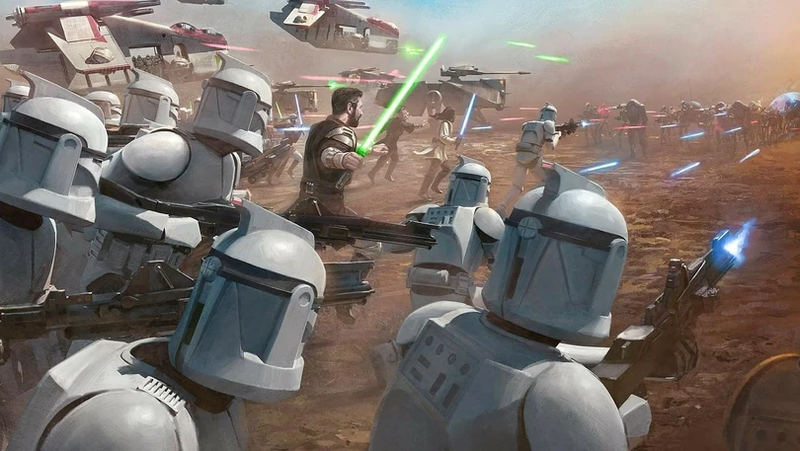
There’s multiple reasons. The first is that honestly we’ve not really had many stories that encapsulate the full scope of the Jedi Order at its heights in the centuries running up to the events of the prequel trilogy. We’ve had stories, for sure—in current canon we have the High Republic era exposing the Jedi’s apex, we’ve had the Clone Wars with multiple Jedi on the front line of thousands of conflicts across a whole galaxy. But those stories focused on a cast of dozens rather than thousands, the size and scope of the Order existing in abstract rather than as a particular tool leveraged in many tales. The EU leveraged concepts like the Jedi Service Corps—divisions of medics, agricultural workers, academics, and explorers made up of younglings who failed the Jedi Trials—to flesh out the scope of the Jedi, but even then it too suffered from similar necessities of focusing on a much smaller cast of characters. And while the Service Corps exist in current canon, they’ve barely been used (and were all pressed into military service for the Clone War, either way). Without that contrast, every Jedi that survived the purge feels perhaps overly significant than they should, even if in the grand scheme of things there just aren’t a lot of them.
A problem perhaps more unique to the current era of Star Wars canon is just how these survivors are intertextually woven into many of the current Star Wars stories. Recently, the Star Wars story has been one largely about consolidation, placing important characters we know and love in the orbits of each other and of every major event in the galaxy, and it’s been regularly critiqued for it. When there are a lot of stories that focus on Jedi in general, and those Jedi start to cross paths with each other—like Ahsoka’s throughline from Clone Wars to Rebels to Mandalorian and now her self-titled show, scooping up Luke Skywalker along the way—the fact that we keep getting these same types of stories and interactions gives the surviving Jedi an outsized weight on Star Wars storytelling. Are there many Jedi left? No. But do they keep bumping into each other like the will of the Force is kind of like a metaphysical magnet? Absolutely.
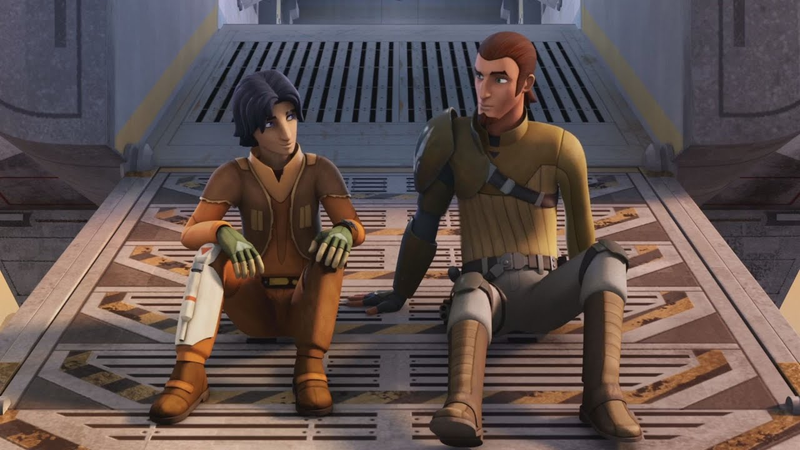
It’s this contraction from such an abstractly vast scale that leads to the feeling that Darth Vader and his legion of Inquisitorius were spectacularly bad at their jobs, even if logically we know they were in fact incredibly good at them. And it’s a problem current Star Wars has struggled with pretty much since it wiped much of the canonical slate clean. While we’ve had plenty of stories packed with new characters, and met new Jedi survivors like Cal Kestis and Cere Junda, more often than not we have returned to the orbits of more familiar characters—and those characters have then been drawn into the paths of other familiar heroes. Even when we have had new tales of the Jedi that survived the purge, like Kanan, it’s not been long before those untouched paths have found themselves visited by familiar Force-using faces.
The problem is not that we’ve seen too many Jedi escape the terrors of Order 66–we really, really haven’t. It’s that we keep bumping into the same survivors, and when we do meet new ones, it’s within the circles of characters we already know. Star Wars is a series that deals with scales on an intergalactic level—the Clone Wars, the Galactic Civil War, almost 10,000 Jedi Knights wiped out in less than 10 years for the most part, billions of people on thousands upon thousands of planets—and yet everything about it feels increasingly smaller and smaller. When the galaxy is made to feel that small, when we keep revisiting these already-established nexuses of characters, Jedi or otherwise, that scale in the background fiction doesn’t carry the weight it should, and remains forever in abstract.
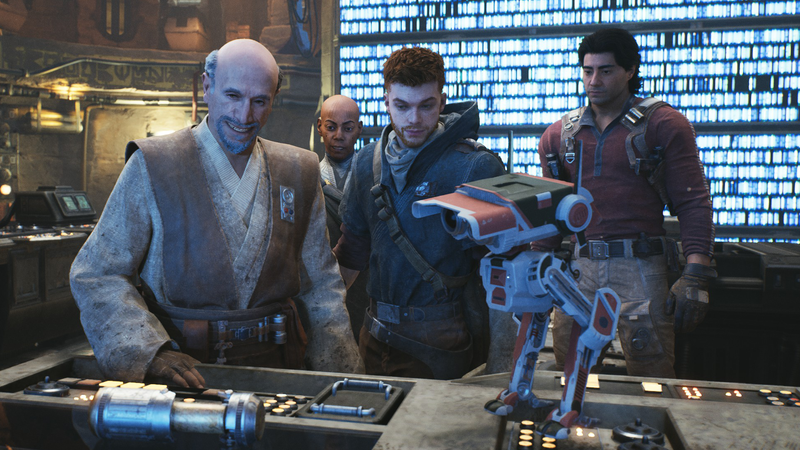
So what can be done about it? Well, it’s not like we’re going to stop getting stories about Jedi. To many fans, Star Wars is a tale of the Force, of Jedi and Sith and lightsabers—its themes of rebellion and resistance empowered by the mythical fantasy of these dwindled but still-wandering warrior-monks. Look at some of the early reactions to something like Andor (an almost-unique entry in the contemporary canon for its lack of explicit Force users) not “feeling Star Wars” enough, and you’ll see the resistance to telling stories in its universe with nary a snap-hiss of a lightsaber in sight. But do we need stories about people who are Jedi specifically, members of the fallen Order? Do we need stories that are about people who were around then and survived the purge as much as we get them—even if, as previously established, there still aren’t really all that many? Maybe not.
Someone doesn’t have to be a Jedi or a Sith—present or former—if they practice using the Force, or hell, even train themselves to use a lightsaber or follow those practices. We could, and arguably should, get stories about Force users who are going to be just as persecuted by the Empire, without them having to be Jedi and purge survivors. We know “Children of the Force” are a concern to the Empire and the Inquistorius of this era—what does it mean to be that kind of person who was never swept up by the Jedi’s mandates, and now has to live in a world where they’re going to be treated as one and the same anyway? How do they navigate that life, and their own path to understanding their mystic place in the galaxy? Look how briefly Obi-Wan Kenobi and to a certain extent Jedi Survivor explored the concept of the Hidden Path. Meanwhile Visions’ second season navigated this kind of story, in a stark contrast to its first season—just as many of its anthology tales about people strong in the Force as there are in the former season, but a couple at most are explicitly about Jedi, the rest are the stories of people who interpret and access the Force and their relationship to it outside of that dogma.
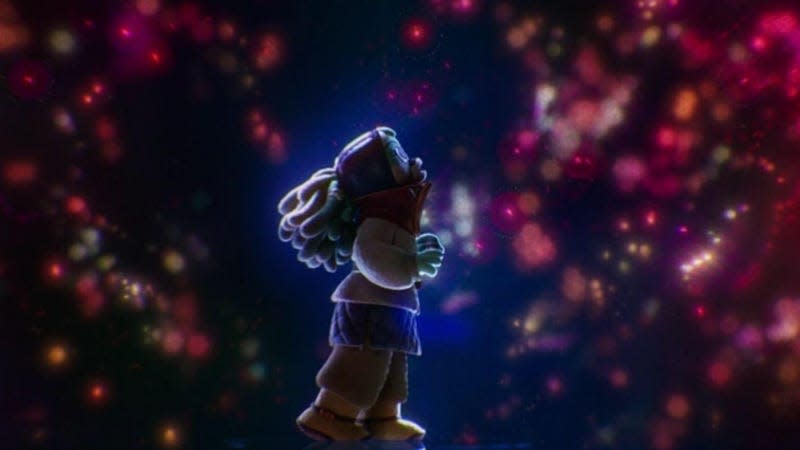
It shows that this kind of storytelling approach is possible , and that maybe it’s more of the kind of post-purge storytelling we need to see if people are tired of Jedi survivors. If, as Obi-Wan tells Luke in A New Hope, feeling a connection to the Force is like taking that first step into a larger world, then maybe Star Wars itself needs to embrace that—and find ways to tell these stories in bigger, broader, and more varied ways than it is currently. So when those surviving Jedi do show up, they actually feel as rare as the numbers show they are.
Want more io9 news? Check out when to expect the latest Marvel, Star Wars, and Star Trek releases, what’s next for the DC Universe on film and TV, and everything you need to know about the future of Doctor Who.
More from Gizmodo
Sign up for Gizmodo's Newsletter. For the latest news, Facebook, Twitter and Instagram.

